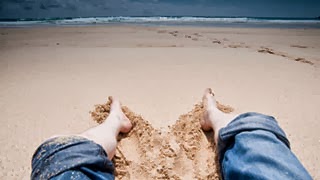To begin with magazines have master heads. Look have used a bold big font at the top of the page. This stands out and catches the eye of the reader. Mastheads are also short and snappy so they are easy to remember (as it would be the magazines name). The text font and colour need to link in with the magazine genre, Look uses pink in this issue so it fits in and doesn't look strange, for example you don't have a fashion magazine with a black master head which is more sci-fi.
Look also has a splash. These are good to have on a magazine. This is the lead story. They are needed to bring the reader to the magazine as they are often big, juicy and exclusive, as this is what people want to read. The splash needs to be bold, short and big. On Look it is 'REHAB FOR ANGE!'.
Secondary leads are another big part of the magazine. These are other big stories (not the splash story) to again entice the readers to buy the magazine. You also need make these short and interesting. A photo is also included. Look uses 'Celebs HOT beach bodies' with images of celebs in bikinis.
Tags are a great way to interest people. Tags like 'exclusive', 'sneak peak', 'limited edition' and 'new' make the reader interested. They have to be bold, interesting and colourful to catch people’s eyes.
Look uses all the codes and conventions of a magazine. However, I don't like how Looks magazine cover is too crowded. I like the layout and colour of Fashion Magazine. It looks more high end and less like a gossip magazine which is what I want for my magazine cover. The front is less crowded but still has all the secondary leads, splash and master head. Also the pop of colour still catches the readers eye. It doesn't have tags as it isn't a gossip magazine.
So that was my tenth post over and done with. WOOOOOO!





























